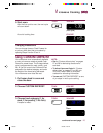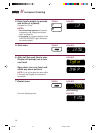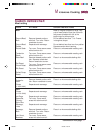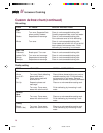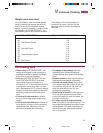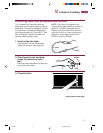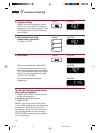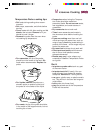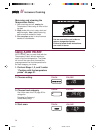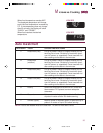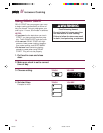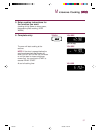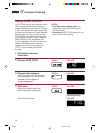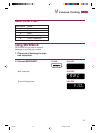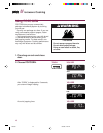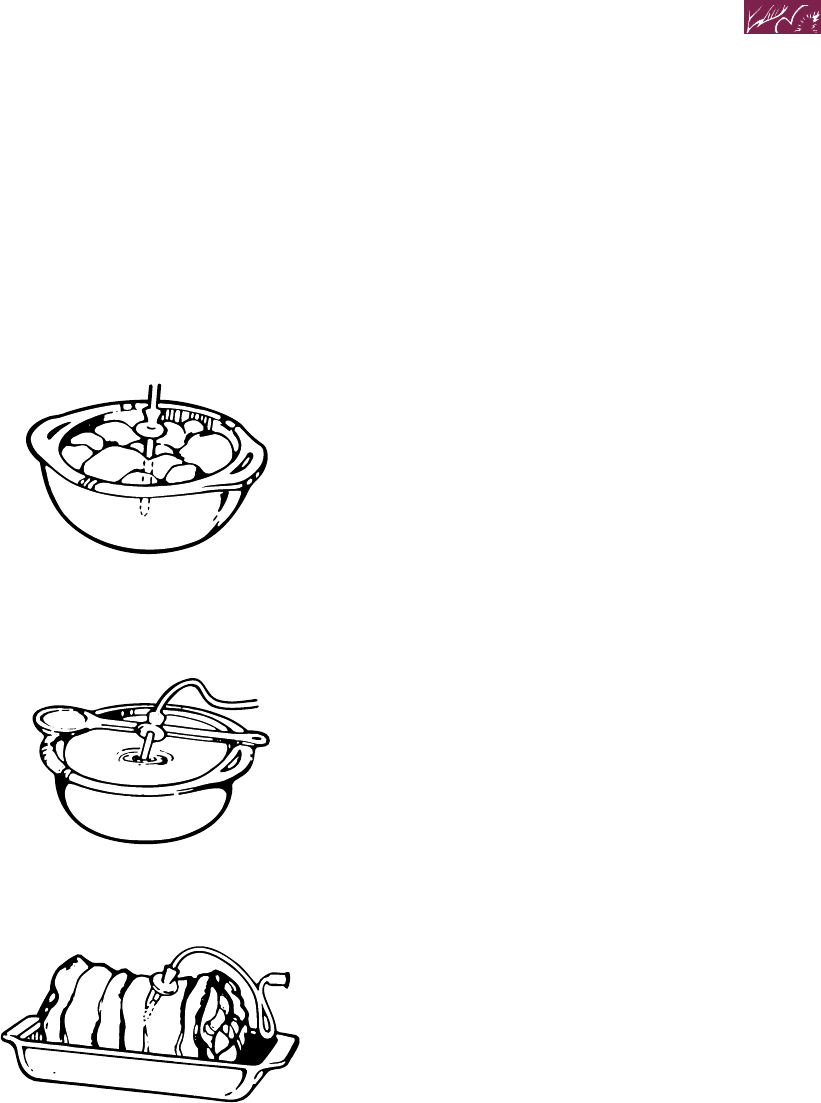
33
Temperature Probe cooking tips:
• Stir foods during cooking when recom-
mended.
• Stir soups, casseroles, and drinks before
serving.
• Cover roasts with foil after cooking and let
stand a few minutes. Remove foil if you
decide to cook it longer.
• Remove the probe from the oven when
not cooking by temperature.
• For casseroles, the tip of the probe
should be in the center of the food. Stir
foods when recommended. Replace the
probe.
• For liquids, balance the probe on a
wooden spoon or spatula so the tip of
the probe is in the center of the liquid.
• For roasts, the tip of the probe should be
in the center of the largest muscle, but not
touching fat or bone.
Microwave Cooking
• Casseroles cooked using the Tempera-
ture Probe should be made from
precooked foods. Do not use raw meats,
raw vegetables, and cream sauces in
casseroles.
• Dry casseroles do not work well.
• Thaw frozen casseroles and meats in
the microwave oven before inserting the
probe.
• If you are cooking more than one indi-
vidual serving at the same time, such as
mugs of soup, check the probe setting in
several of the items – all the mugs may not
heat at the same rate.
• Dry meat loaf mixtures do not work well.
• Check pork and poultry with thermom-
eter in two to three places to ensure
adequate doneness.
• Roasts may vary in size, shape, and
composition. Use the Temperature Probe
as a guide.
Don’t:
• let probe or probe cable touch any part
of the oven interior.
• let probe touch foil (if used). You can
keep foil away from probe with wooden
toothpicks. Remove foil if arcing occurs.
• use paper, plastic wrap, or plastic contain-
ers. They will be in the oven too long and
might distort.
• force probe into frozen food.
• plug the pointed end of the Temperature
Probe into the socket.
4359334 8/28/98, 12:03 PM33



